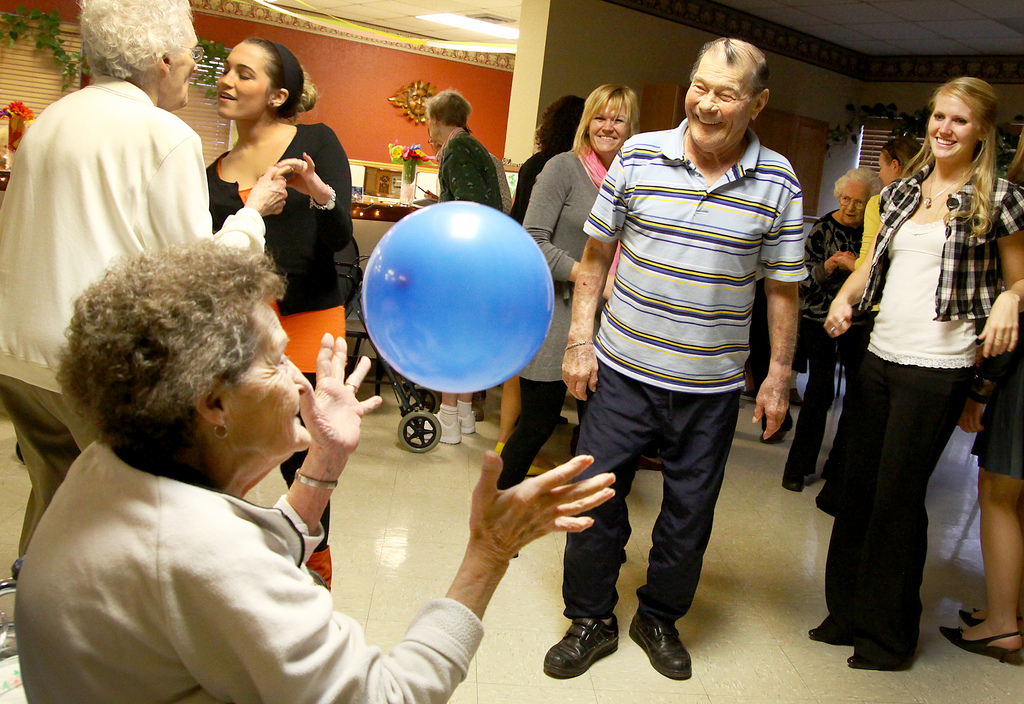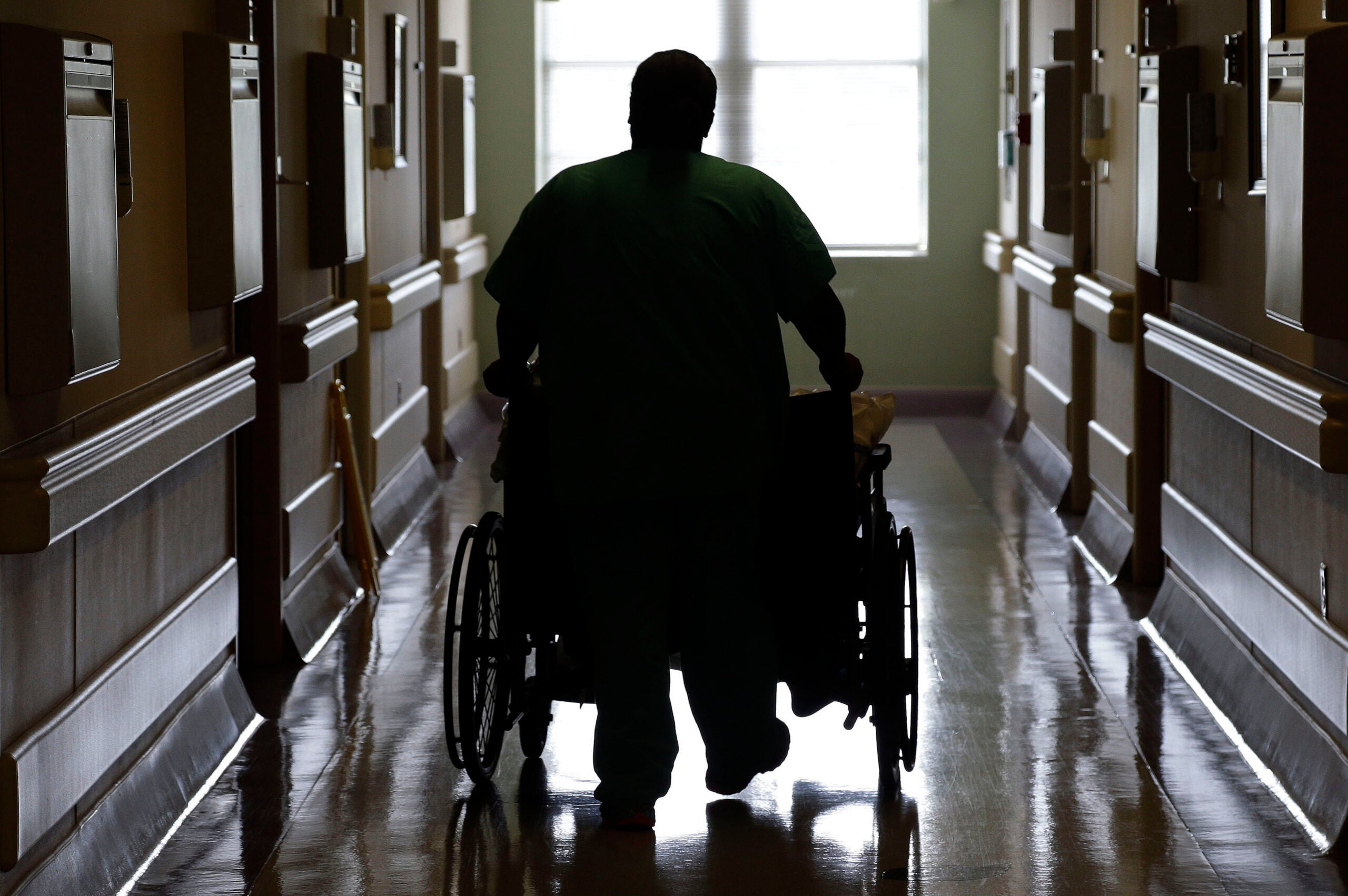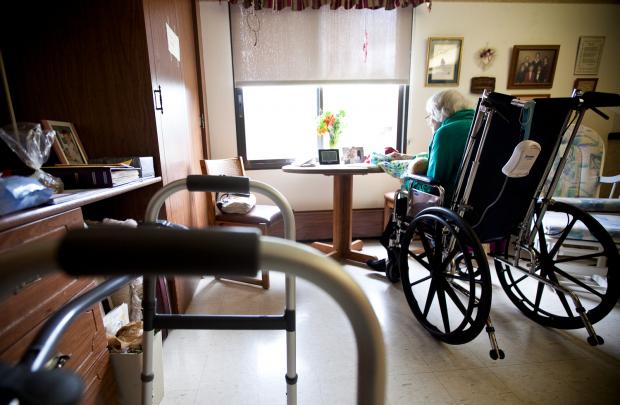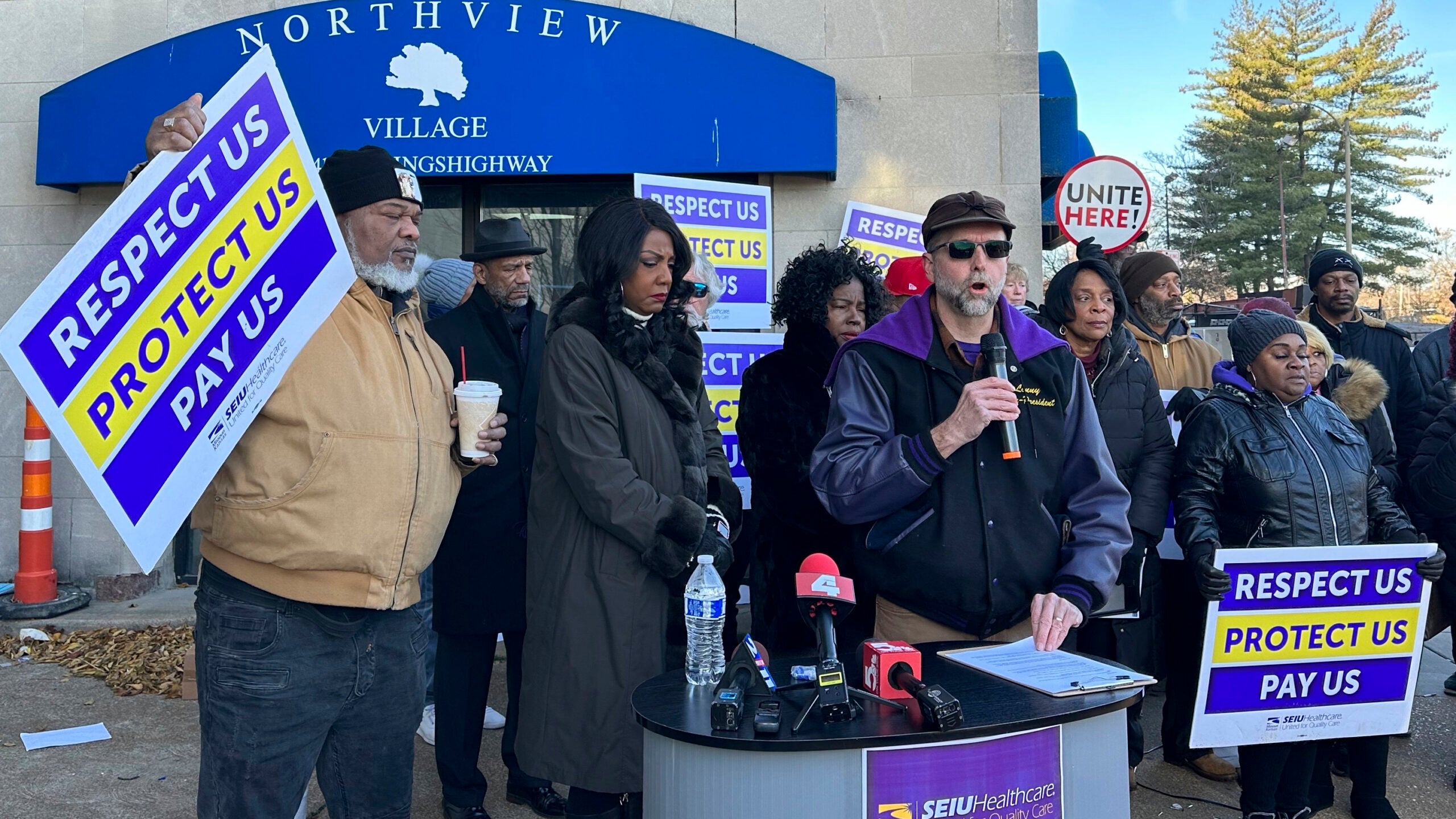The role of nursing homes is changing across the nation and in Wisconsin as more elderly and disabled are cared for in the community and their homes. A new report says Medicaid’s reimbursement rates for services provided by nursing homes remain lower than it should be.
To a large extent, the role of nursing homes is changing: from one where people live out their last days to a place where many go to recover from a hospital stay.
One thing, however, has remained the same: a low federal reimbursement rate for Wisconsin’s nursing homes under the Medicaid program. A new report by the American Health Care Association says the government program pays 88 percent of costs, on average, around the country.
Stay informed on the latest news
Sign up for WPR’s email newsletter.
In Wisconsin, the reimbursement rate is around 85 percent, according to Tom Moore, executive director of the Wisconsin Health Care Association, a trade group for the states’ nursing homes.
“Unfortunately what you have is a hidden tax, because the government programs do not pay their fair share of the cost of care,” Moore said. “It ends up that the private pay individuals end up paying more than their fair share and have to subsidize the losses that are inherent in Medicaid.”
With Baby Boomers getting older, all kinds of long term care options are expected to increase. Moore hopes Medicaid funding will increase now that the state is expected to have a budget surplus of $977 million.
“That’s encouraging, in that some of the programs have been getting short changed over the last several years because of the (state’s) fiscal problems: Perhaps the situation will improve,” he said.
The report predicts that between 2010 and 2050 the U.S. population over age 65 will double, and the number over age 85 also will significantly increase.
Wisconsin Public Radio, © Copyright 2024, Board of Regents of the University of Wisconsin System and Wisconsin Educational Communications Board.






